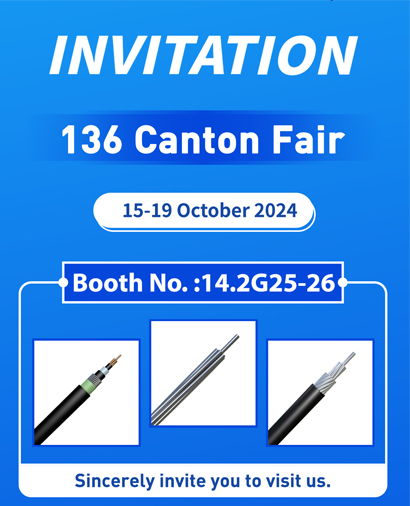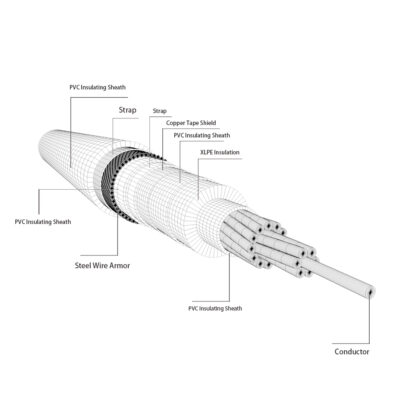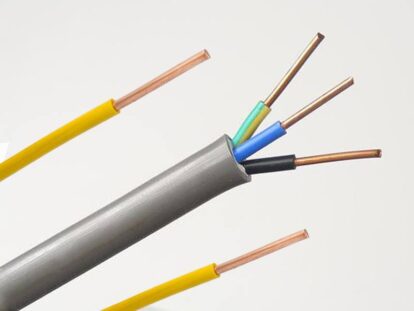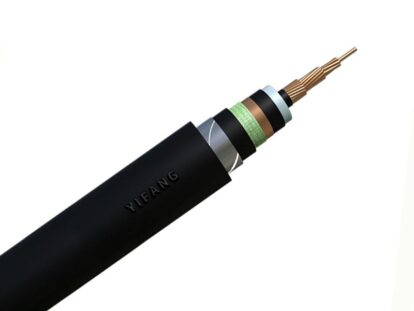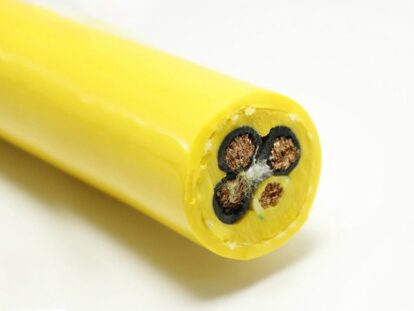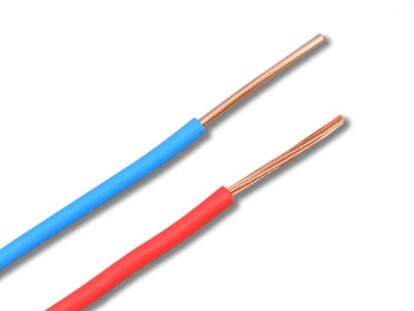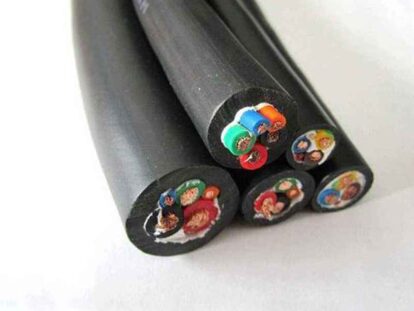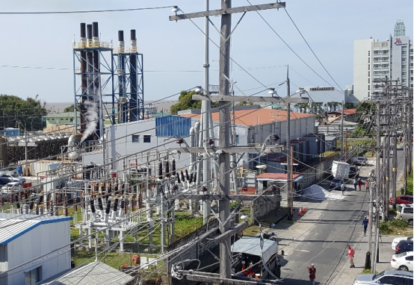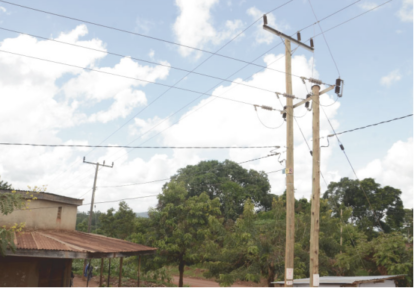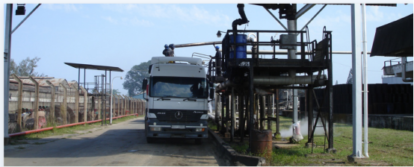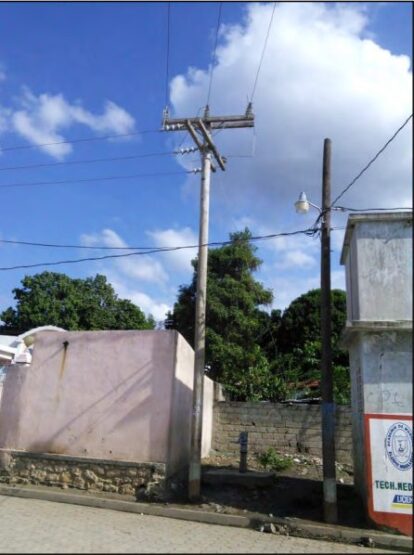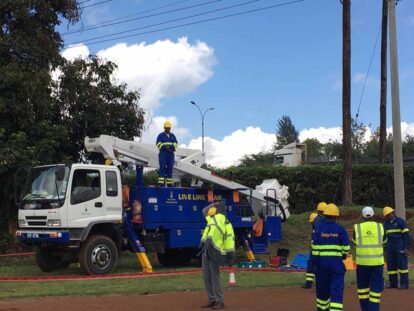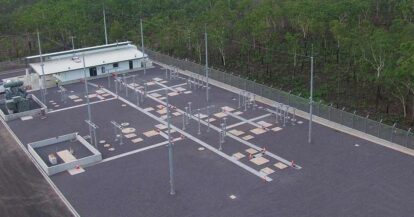The AAAC-ASTM B 399 standard is a specification developed by the American Standardization Organization (ASTM), which specifies the structure, dimensions, performance and test methods of AAAC.
The standard is divided into two parts: B-398 and B-399. B-398 specifies the chemical composition, mechanical properties, electrical properties and surface quality of aluminum alloy 6201-T81 wire. B-399 specifies the structure, size, weight, DC resistance, AC resistivity and test methods of concentrically stranded 6201-T81 aluminum alloy conductors.
According to the ASTM B 399 standard, AAAC can be divided into six types: 6H19 (Box), 6H37 (Acacia), 6H49 (Almond), 6H61 (Cedar), 6H73 (Deodar) and 6H85 (Fir). Each type has a different conductor cross-sectional area, wire diameter, lay length and rated breaking force. For example, the cross-sectional area of the 6H19 conductor is 18.8 mm2, the wire diameter is 2.67 mm, the twist length is 16 mm, and the rated breaking force is 4.14 kN.
AAAC-ASTM B 399 standard applies to overhead transmission lines under various environmental conditions. It can withstand severe weather such as high temperature, high humidity, strong wind, ice and snow, and maintain good mechanical and electrical properties. It can also be mixed with other types of conductors to improve the efficiency and reliability of power transmission. In addition, since AAAC has a small DC resistance and a large rated breaking force, it can reduce the transmission loss and the number of supporting towers.







